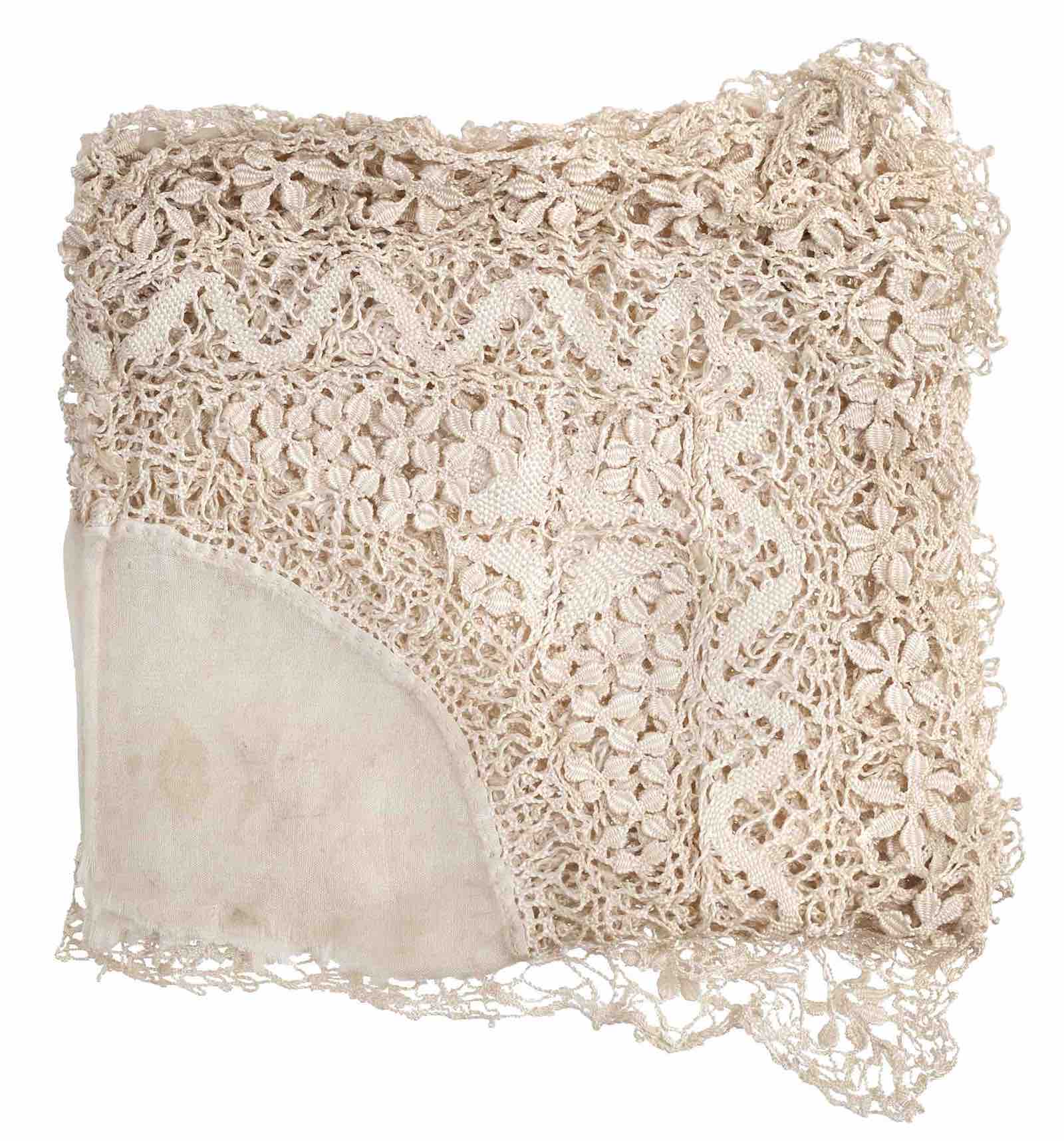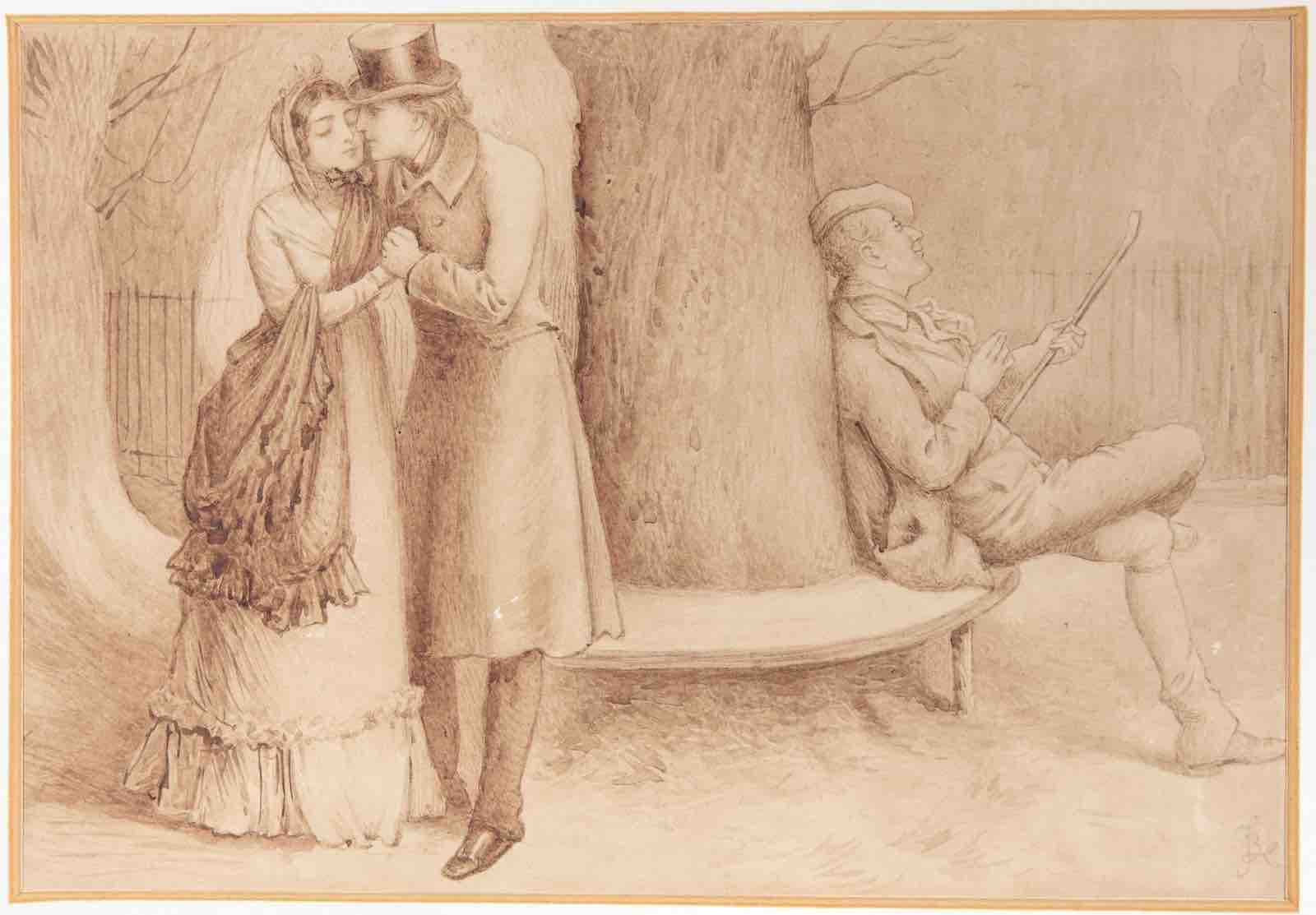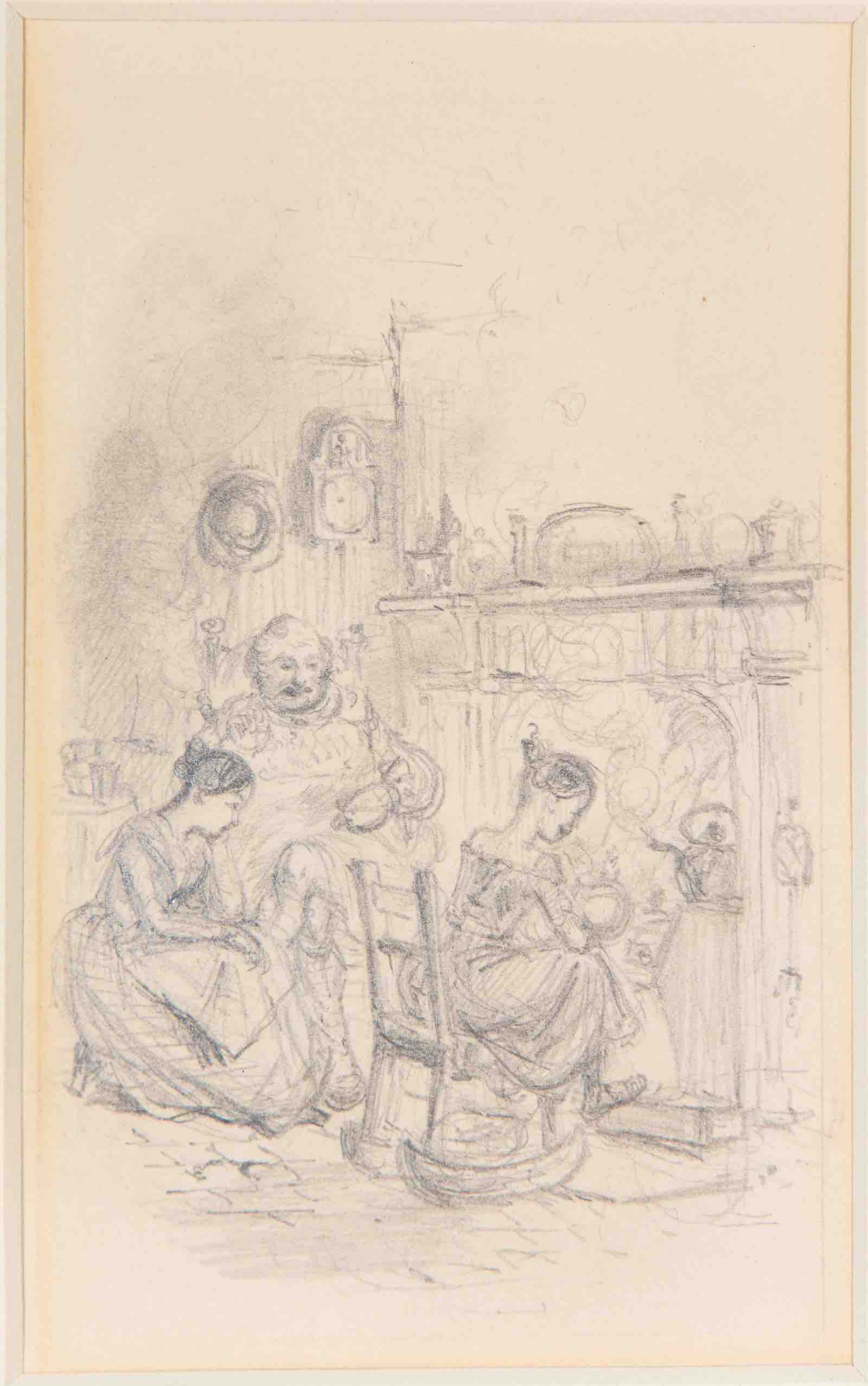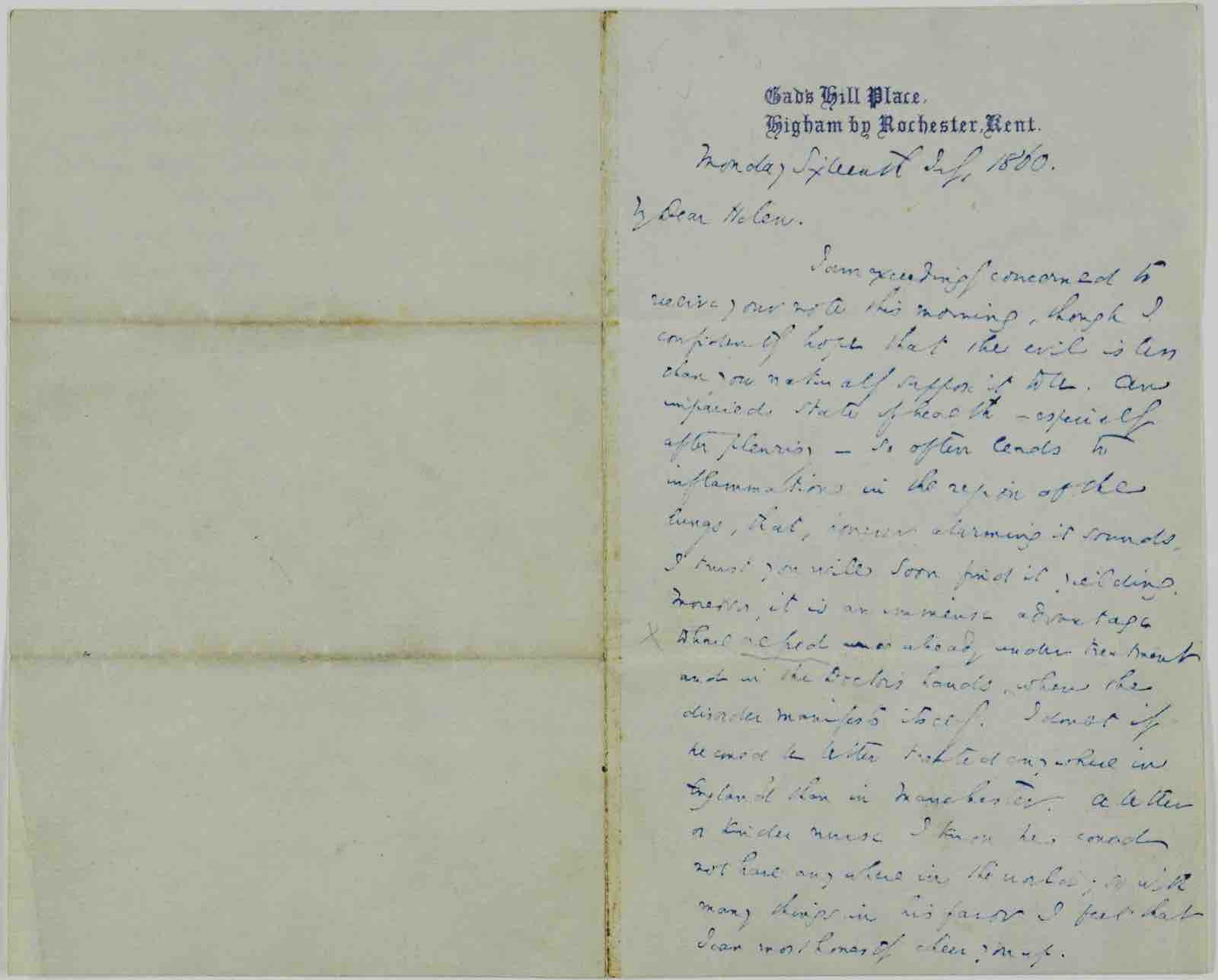“There is much evidence that Charles Dickens and members of his family suffered with asthma," said Dr Nicholas Cambridge, Honorary Research Fellow at The University of Buckingham and author of Bleak Health: The Medical History of Charles Dickens and his Family. "Whether this was due entirely to environmental pollution or exacerbated by the author’s lifestyle, particularly his fondness for cigars, is up for discussion. There are numerous examples of Dickens’s chest complaints. In letters he describes wheezing and coughing from morning until night and also suffering from deep monotonous and constant coughs after contracting colds."
Dickens and the London Fog Exhibition Opens
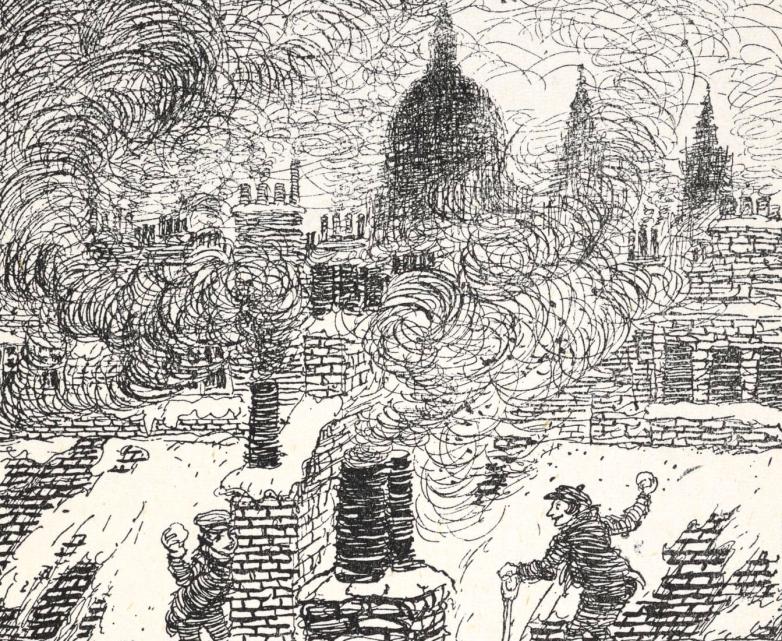
Arthur Rackham illustration for 1915 edition of A Christmas Carol
A new exhibition at Charles Dickens’s London home - A Great and Dirty City: Dickens and the London Fog - looks at how the author used fog as a regular and imposing motif in his works. As well as a major inspiration to Dickens, it was also a personal health hazard, intensifying the asthma from which he probably suffered.
Dickens’s ‘foggiest’ novel is Bleak House ("Smoke lowering down from chimney-pots, making a soft black drizzle, with flakes of soot in it as big as full-grown snowflakes"), though it also pours in at "every chink and keyhole" around Scrooge’s office in A Christmas Carol, and features in David Copperfield’s early glimpses of London ("From the windows of my room I saw all London lying in the distance like a great vapour, with here and there some lights twinkling through it").
When Dickens and his family moved into 48 Doughty Street, what is now the Charles Dickens Museum, the capital’s smog - known as London Ivy - was particularly thick, since increasing numbers of households warmed themselves before coal fires and industries burned coal in a densely packed city. The exhibition explores how fog affected Dickens’s work, his family’s and his own health, and how London has attempted to tackle the problem of pollution over the past 200 years.
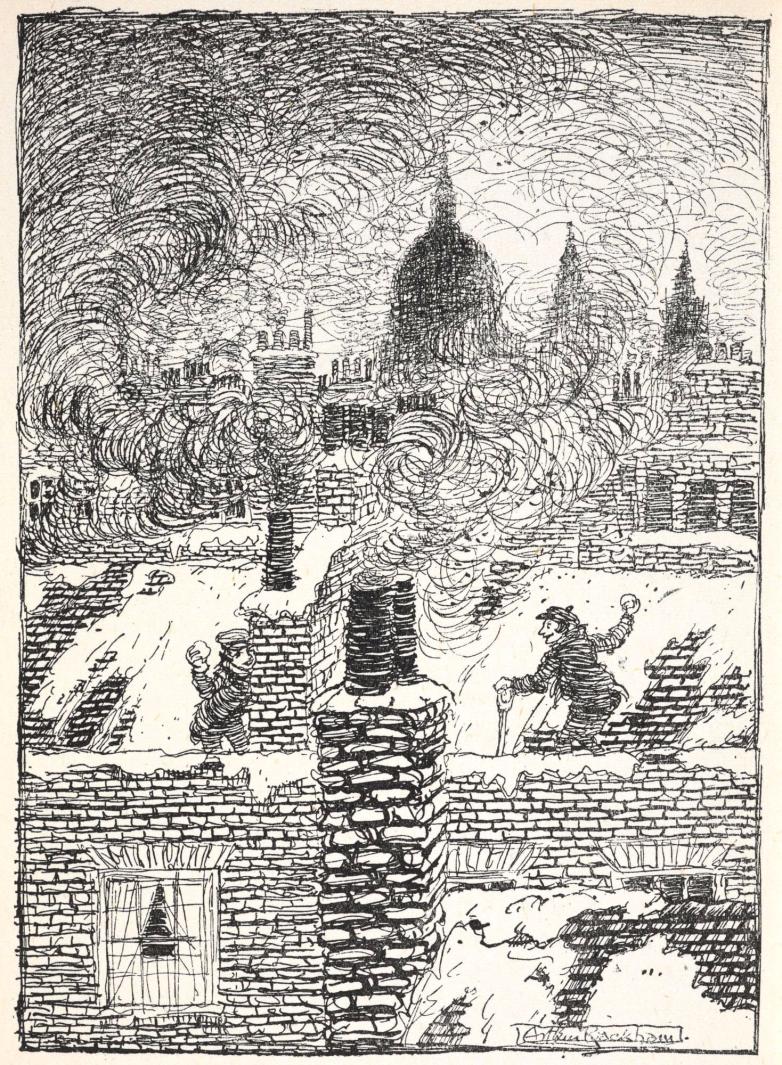
Arthur Rackham illustration for 1915 edition of A Christmas Carol
The exhibition includes Dickens’s own fire poker from the dining room at Gad’s Hill Place, his home from 1856 until his death in 1870, and also a lace handkerchief owned by Catherine Dickens as handkerchiefs were used to cover people’s mouths and noses during dense fog.
Among other items on display are original first edition parts of David Copperfield and Martin Chuzzlewit, a letter from Dickens to his sister-in-law Helen Dickens on July 16, 1860, in which he writes about his brother Alfred’s current illness. He writes: "an impaired state of health – especially after pleurisy – so often leads to inflammation in the region of the lungs… a better or kinder nurse I know he could not have anywhere…" Alfred died 11 days later.
“Charles Dickens was surrounded by fog his whole life," said Frankie Kubicki, Senior Curator. "It affected him and became an inspiration and a looming presence in his books. Fog and smoke were not always seen negatively though. While fog and pollution is often used by Dickens to represent a malevolent force or a shady character, London’s coal fires and twinkling gas streetlamps can be heartwarming. Despite being a bronchial terror, fog often fired the people of London with pride and feelings of nostalgia. The exhibition shows how today’s political tussles over London pollution are nothing new and how competing interests have stymied attempts to clean up the city.”
A Great and Dirty City: Dickens and the London Fog runs through October 22, 2023, at The Charles Dickens Museum.




